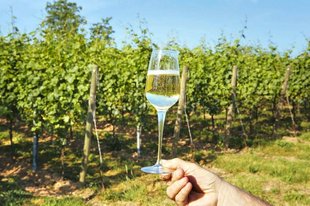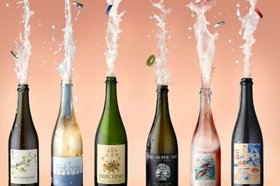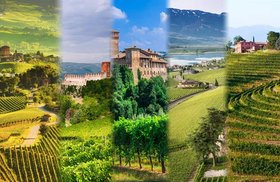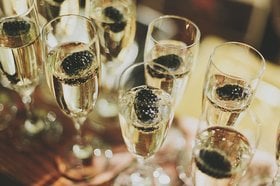The 2025 Guide To Franciacorta Wine: Styles, 10 Fantastic Bottles
Franciacorta is a wine region in Lombardy, Northern Italy, and also the name of the sparkling wine produced in the region.
Often regarded as the “true Italian Champagne”, Franciacorta wine has a lot more in common with Champagne than Prosecco does and is made using the same method.
Fun fact: The first Franciacorta sparkling wine was actually created as recently as 1957 by winemaker Franco Zillani.
Let’s discover everything about Franciacorta wine - the different styles, the 10 best bottles to buy, and investing in Franciacorta wine. We’ll also explore mouth-watering food pairings, the vineyards, and winemaking.
Further reading
- Take a virtual trip to Italy's Best Wine Regions, learn their history, read their labels, and invest in Italian Wine.
- Also, check out The Difference Between Prosecco and Champagne.
Franciacorta Wine Styles
Franciacorta sparkling wine is made using the same method as the French Champagne, and like Champagne, there are rules governing the grape varieties used in the blend.
These include Chardonnay, Pinot Nero (Pinot Noir), Pinot Blanc (Pinot Bianco), and the long-forgotten Erbamat grape.
Franciacorta can be broadly classified based on three different factors:
A. Based On Grapes
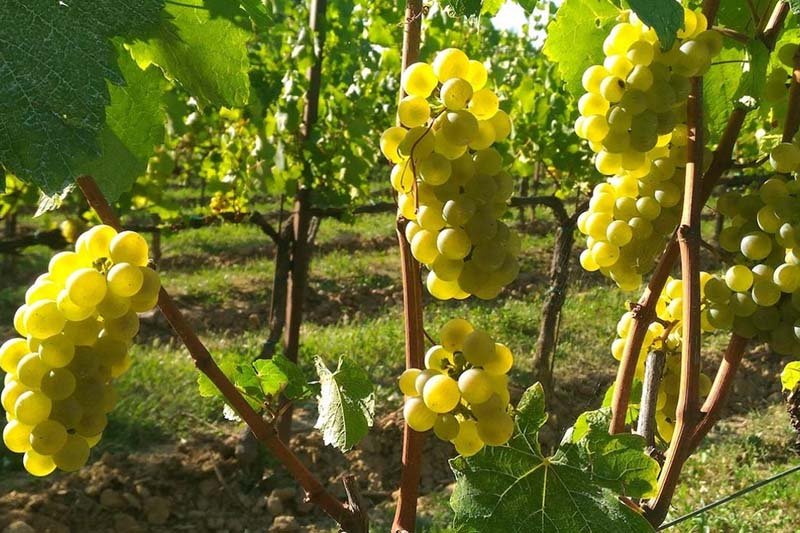
Franciacorta has three main styles based on the grape variety used in the base wine:
- Franciacorta: This sparkling wine is made from Chardonnay, Pinot Nero, Pinot Bianco, and Erbamat with a maximum of 50% Pinot Bianco and 10% Erbamat.
- Franciacorta Rosé: The Franciacorta Rosé is a blend of Chardonnay, Pinot Nero, Pinot Bianco, and Erbamat. It has a maximum of 50% Pinot Bianco and 10% Erbamat and at least 35% Pinot Nero.
- Franciacorta Satèn: The Franciacorta Satèn consists of Chardonnay and a maximum of 50% Pinot Bianco.
B. Based On Harvest

Depending on the time of harvest, Franciacorta wines can be classified into three categories:
- Non-Vintage Franciacorta: It is a blend of wines from different years, often to create a signature house style.
- Franciacorta Millesimato: Franciacorta Millesimato is made from grapes using a single year's harvest and matures for at least 30 months.
- Franciacorta Riserva: In years with an exceptional harvest, winemakers craft a Franciacorta Riserva with impeccable quality that must age for 60 months.
C. Based On Dosage
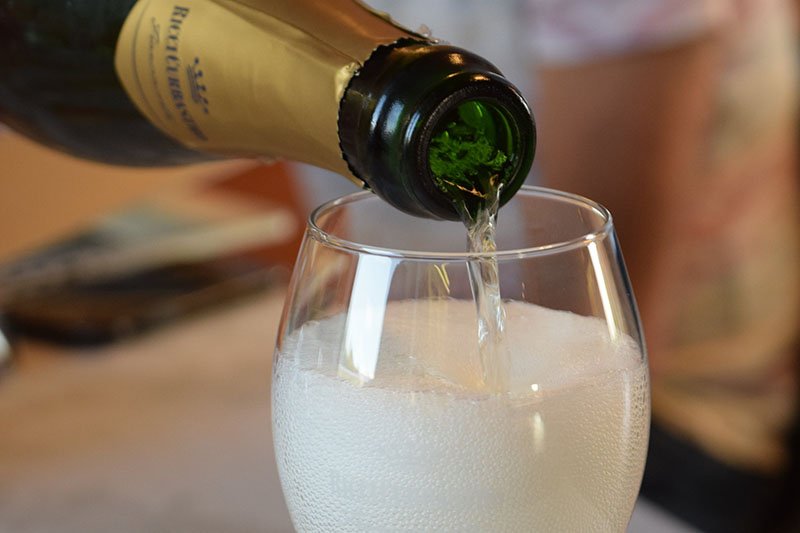
There are six types of Franciacorta wines based on the amount of residual sugar in a bottle:
- Pase Dosé: There are 0-3 grams of residual sugar in a Franciacorta Pase Dosé.
- Extra Brut: Extra Bruts are incredibly dry and have 3-6 grams of residual sugar.
- Brut: Arguably the most famous style, Franciacorta Brut wines have less than 12 grams of residual sugar.
- Extra Dry: Extra Dry Franciacorta has 12-17 grams of residual sugar.
- Sec: This wine has 17-32 grams of residual sugar.
- Demi-Sec: The sweetest of all Franciacortas, this wine has 33-50 grams of residual sugar.
With such a diverse variety, it becomes a little overwhelming to choose the best bottle for you.
Don’t worry - we have the perfect solution!
10 Fantastic Franciacorta Wines To Buy In 2024
Here are some amazing Franciacorta DOCG wines to add to your collection today.
- 1991 Bellavista Riserva Vittorio Moretti Extra Brut
- 2003 Ca' del Bosco Cuvee Annamaria Clementi Rose
- 1992 Monte Rossa 'Cabochon' Brut
- 1997 Ca' del Bosco Cuvee Annamaria Clementi
- 2005 Monte Rossa 'Cabochon' Rose Brut
- 2016 Ca' del Bosco Dosage Zero Noir Millesimato
- 2012 Monte Rossa 'Cabochon' Doppiozero Brut Nature
- 2005 Cavalleri 'Giovanni Cavalleri' Collezione Esclusiva Franciacorta DOCG
- N.V. Ca' del Bosco Cuvée Prestige Rose Brut ($50)
- 2012 Barone Pizzini 'Bagnadore' Decimo Terzo Pas Dose Riserva
1. 1991 Bellavista Riserva Vittorio Moretti Extra Brut ($327)

This sparkling wine has corn and tortilla chip aromas with dried fruit and white flower flavors on the palate. It has a soft and buttery mouthfeel with a long, honeyed finish.
2. 2003 Ca' del Bosco Cuvee Annamaria Clementi Rose ($246)

Here’s an Italian wine with red fruit concentrate and menthol aromas on the nose. The palate offers sweet fruit flavors and a taut finish.
3. 1992 Monte Rossa 'Cabochon' Brut ($233)
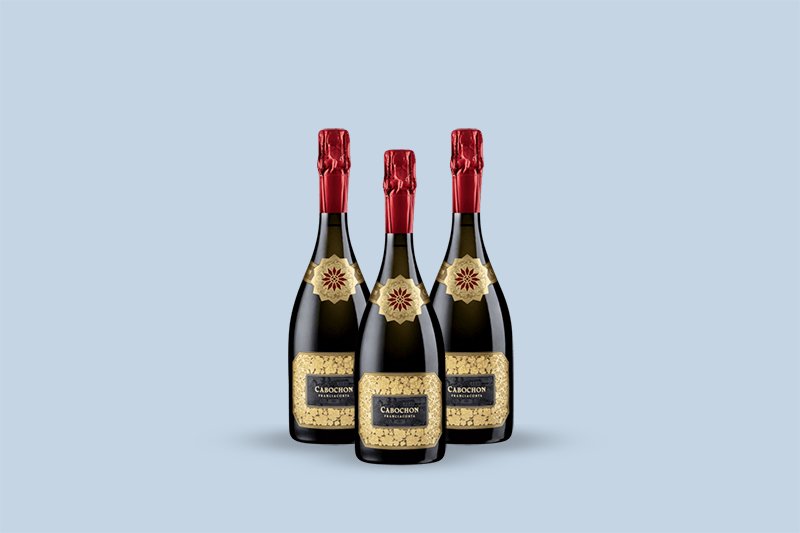
Toasted hazelnuts and citrus fruit dominate the nose of this Franciacorta Brut. It has a harmonious and elegant taste with pineapple and coffee notes on the palate.
4. 1997 Ca' del Bosco Cuvee Annamaria Clementi ($186)
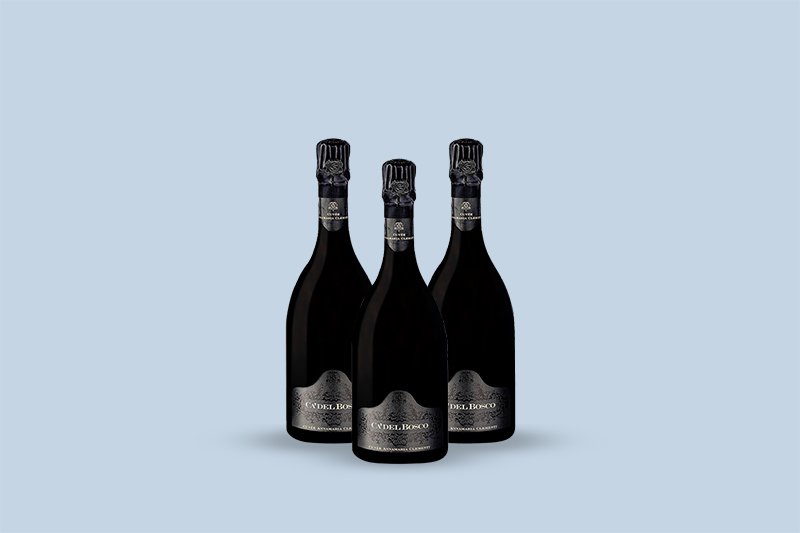
Perfectly balanced and beautifully elegant, this Italian sparkling wine offers vibrant aromas of mature apple and toast. The palate has yeasty notes with a bold character and a long finish.
5. 2005 Monte Rossa 'Cabochon' Rose Brut ($173)

With refined bubbles and continuous scents of yeast and wild strawberry, this Franciacorta Brut Rose has a creamy mouthfeel, blackcurrant flavor, and refreshing acidity.
6. 2016 Ca' del Bosco Dosage Zero Noir Millesimato ($110)
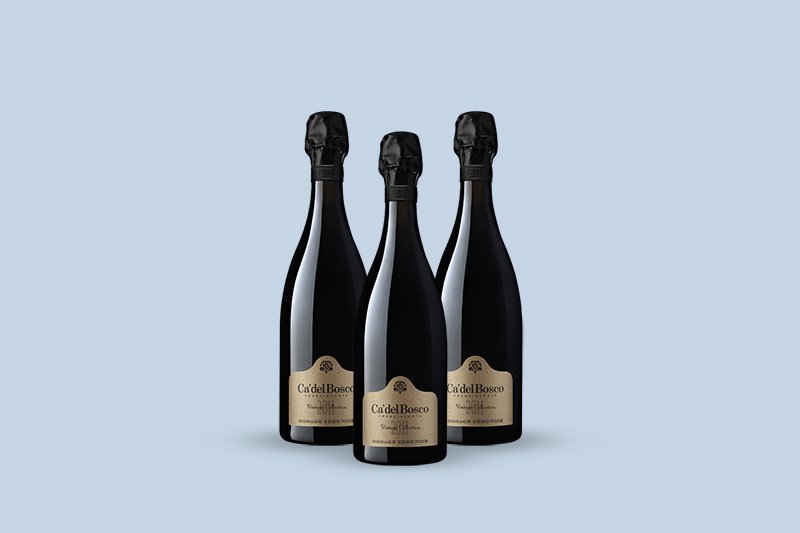
Structured and full-bodied, this Italian sparkling wine has toasted brioche and citrus fruit aromas on the nose. The palate offers almond and hazelnut hints with a textured mouthfeel.
7. 2012 Monte Rossa 'Cabochon' Doppiozero Brut Nature ($99)
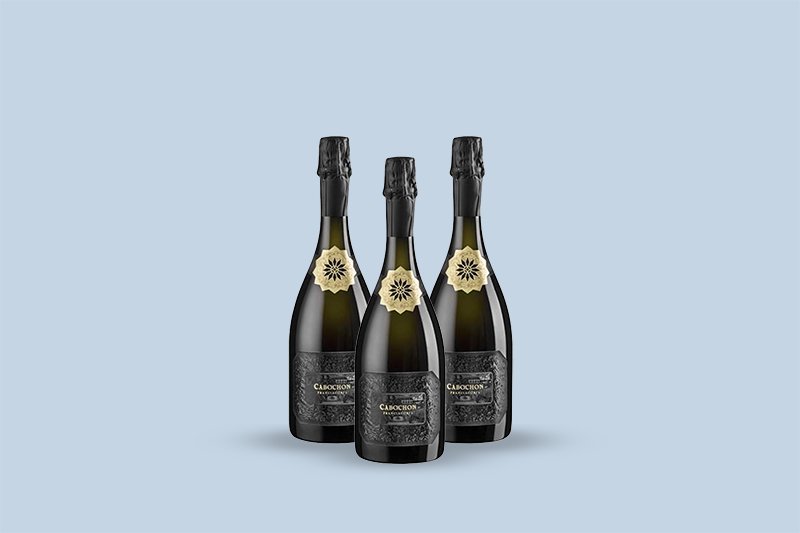
This Franciacorta Brut Nature has yellow fruit and honey aromas on the nose. It has dried fruit flavors on the palate with a creamy mouthfeel and bright minerality.
8. 2005 Cavalleri 'Giovanni Cavalleri' Collezione Esclusiva Franciacorta DOCG ($73)
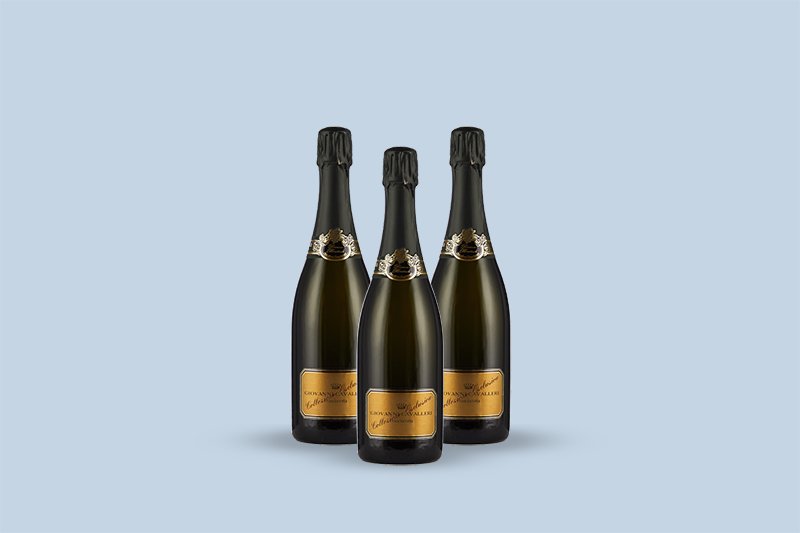
Fresh flowers and ripe fruit aromas dominate the nose of this Italian wine. The palate has grapefruit and candied apple flavors with a jammy finish.
9. N.V. Ca' del Bosco Cuvée Prestige Rose Brut ($50)
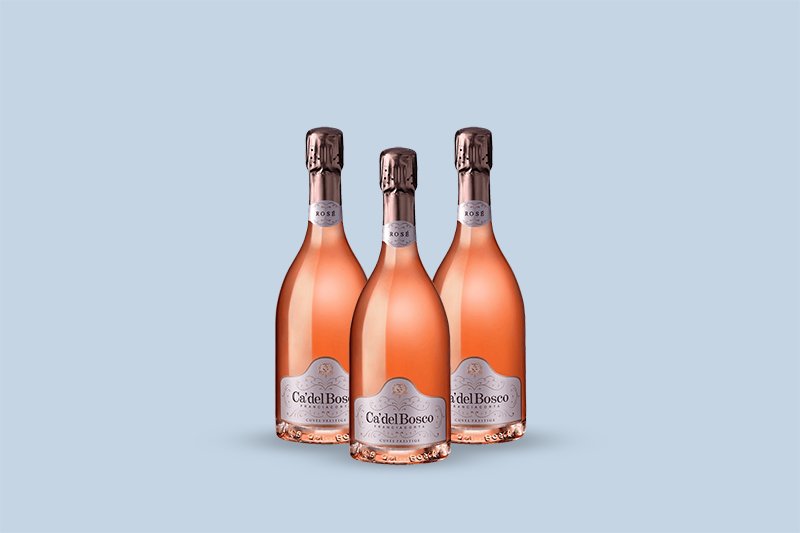
Here’s a Franciacorta Brut Rose with blooming herbs and floral notes on the nose. It has finely structured acidity with complex fruit flavors on the palate.
10. 2012 Barone Pizzini 'Bagnadore' Decimo Terzo Pas Dose Riserva ($47)
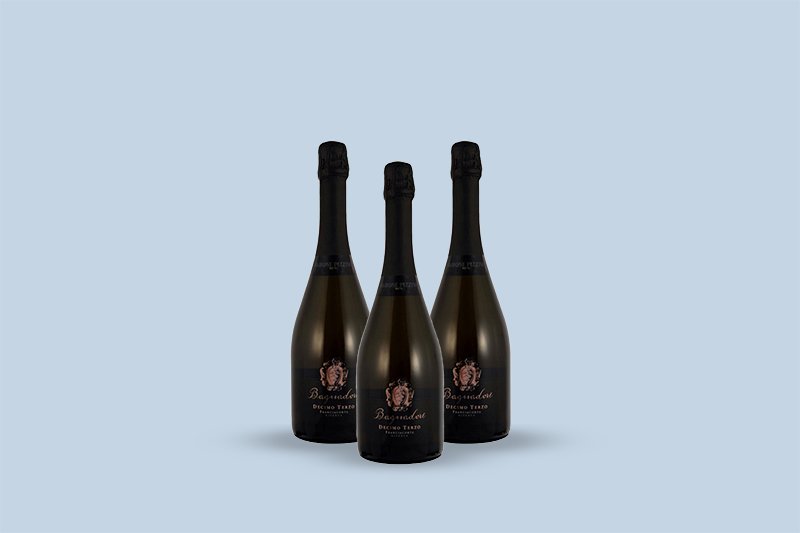
This wine has toasted bread crust and mature yellow fruit aromas on the nose. It’s bone-dry with juicy grapefruit and ginger flavors.
Should You Invest In Franciacorta Wine?

Depending on the style, Franciacorta may have already aged for up to 60 months, and most will cellar for another 5-8 years.
Typically, Franciacorta wines are easy-drinking ones, best sipped young.
But, there are some exceptions, which appreciate well in price as they reach their peak. For example, a bottle of 2003 Ca' del Bosco Cuvee Annamaria Clementi Rose appreciated 86%, rising from $134 to $249 between 2020 and 2022.
Some of these wines also perform well at auctions. For instance, a magnum bottle of N.V. Bellavista Meraviglioso Extra Brut sold for $617 at a 2021 Catawiki auction.
Now, if you’re looking to invest in any sparkling wine, Champagne, or others, partner up with a trusted wine investment company like Vinovest. Its advanced AI-based platform will help you buy, store, and sell rare and authentic wines from around the world.
Mouth-Watering Food Pairings With Franciacorta Wines

A variety of styles means Franciacorta will pair excellently with various foods.
Serve the drier styles as an aperitif or pair them with white meats, beef, and seafood, while the sweeter styles can accompany spicy cheese, fresh fruit tarts, and sweet desserts.
Now, let’s take a look at Franciacorta’s beautiful climate and vineyards.
The Franciacorta Climate And Vineyards
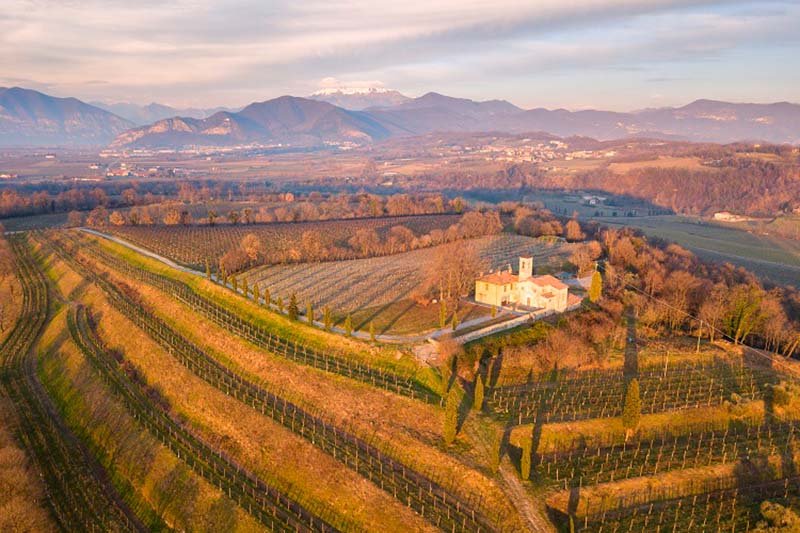
Franciacorta sits in an amphitheater-shaped plot surrounded by Mote Orfano in the south and Lake Iseo (Lago Diseo) in the north and has a balmy climate and glacial soils.
According to Silvano Brescianini (co-owner of Barone Pizzini), the warm sunny days and cool nights help each vineyard ensure high levels of acidity required for sparkling wine production.
This unique microclimate results in optimal grape ripening for the 19 communes within the DOCG.
Also, Franciacorta has the highest proportion of organic vineyards globally, with 66% being certified organic and plenty more on the way.
According to Arturo Ziliani (CEO of the Guido Berlucchi winery), “organic viticulture and dosage-zero bottlings are the future of Franciacorta.”
How Is Franciacorta Made?

Franciacorta is made using the Metodo Classico (the traditional method) - the same wine production method as the French Champagne.
After harvest, the grapes are pressed and undergo an initial fermentation with the lees for around six months in oak barrels.
The wine is bottled and rests on the lees with added yeast and sugar. This is known as bottle fermentation (or secondary fermentation). It’s the second fermentation that gives Franciacorta its signature bubbles.
Depending on the style, the wine's bottle age on lees for between 18 and 60 months.
The winemaker rotates the bottles daily, allowing the lees to rise and settle at the bottle’s neck before removing the bottle cap and extracting the lees.
The base wine is topped up to replace the extracted lees, and the Franciacorta is now ready for final bottling.
Franciacorta: Italy's Best Kept Secret
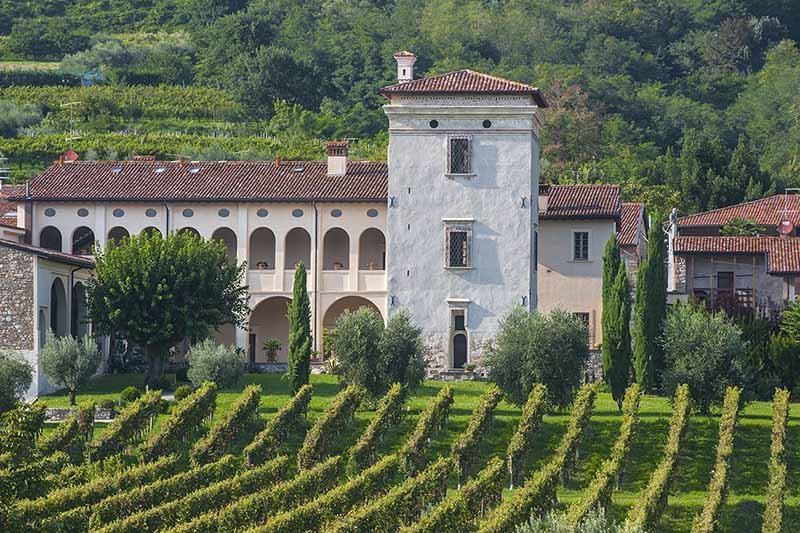
Franciacorta DOCG has taken the wine world by storm in recent years and may even dethrone Prosecco as the “Champagne of Italy.”
With its toasty flavors and sparkling palate, Franciacorta is the perfect celebratory drink!
Now, are you keen on building a profitable wine portfolio?
Sign up with Vinovest for expert help with buying, storing, and selling Champagne, or any other rare and authentic wines from around the world.
